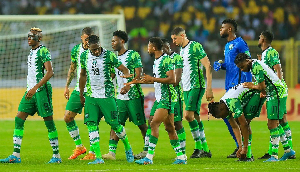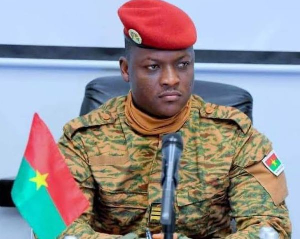Accra, Sept. 22, GNA - Access to the National Electricity Grid has increased from the 15 per cent coverage in 1990 to 45 per cent, representing one of the highest coverage of electric power in Africa. The Ministry of Energy is currently coordinating work in another 350 communities, which was scheduled for completion early next year, the Minister of Energy, Prof. Mike Ocquaye said on Thursday.
Addressing participants at a seminar on Energy-Based Rural Development Programme in Accra, the Minister said, even though, the National Electrification Scheme (NES) had been successful, Ghana had been less successful in exploiting it for productive uses. The seminar was to work on adopting a collaborative effort between the Ministry and WAPCOS, an Indian company, which specializes in rural electrification.
"Though the statistics may be impressive, we still have a long way to go and the Ministry of Energy intends to pursue the NES vigorously and on the basis of the current progress and commitment ... to meet our target of 100 per cent electrification by 2020," Prof. Ocquaye said. He said the next thrust of the rural electrification programme was to emphasize the productive uses of electricity.
He, however, said this would depend on the availability of funding for the estimated 300 million dollar energy-funding gap. Prof Ocquaye said that rural electrification would not be restricted to the extension of electricity grid alone, since the Ministry had incorporated other forms of energy such as solar, small-scale wind power and small-scale hydro power, where the resource existed.
He said under the programme solar technology would be expanded to off-grid areas with a focus on educational, and health centres and security outposts for the Custom, Excise and Preventive Service (CEPS), Immigration Service and the Police in remote areas.
The Ministry has so far installed solar power systems in 160 Junior and Senior Secondary Schools throughout the country.
General News of Thursday, 22 September 2005
Source: GNA












